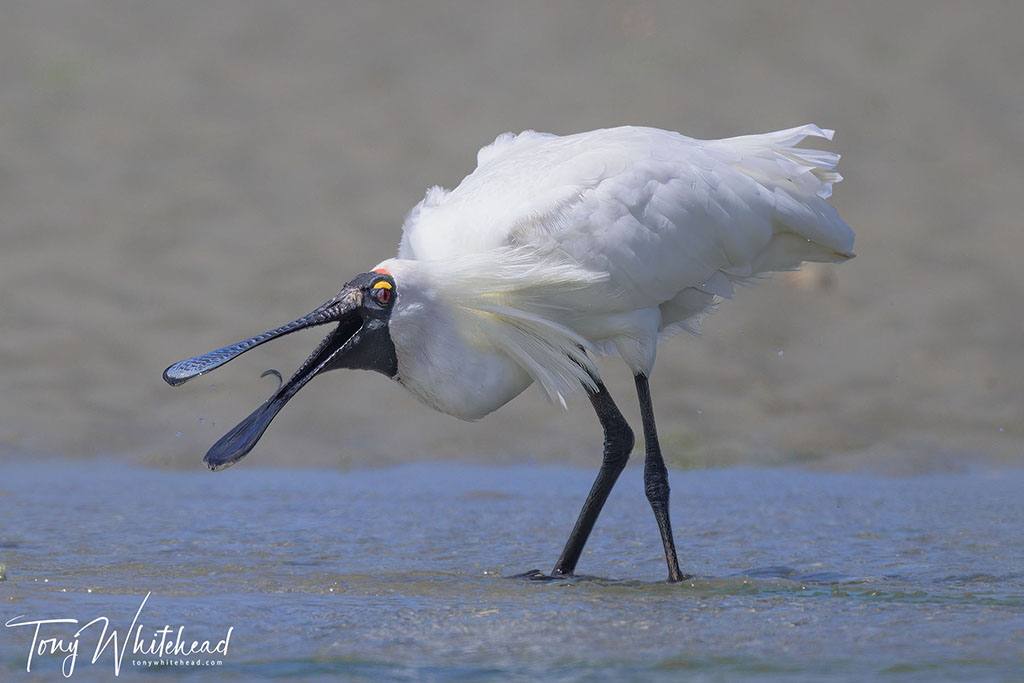Bill Ferris
Well-known member
Since noise is a product of the total light energy used to make a photo, compositing multiple exposures of the same scene and composition increases the total light used to make the final composite. As a result, the final image is cleaner.
Compositing multiple exposures of the same static scene suffering from poor atmospheric seeing is likely to make the effects of that distortion even worse. If anything - provided the light level allows it - you could lean into the conditions, close the lens aperture and reduce the ISO enough to use a really slow shutter speed to capture the subject's movement with intentional blur. There would still be distortion from the unstable air but, if the blur is prominent enough, that might overwhelm the lack of resolution.
Compositing multiple exposures of the same static scene suffering from poor atmospheric seeing is likely to make the effects of that distortion even worse. If anything - provided the light level allows it - you could lean into the conditions, close the lens aperture and reduce the ISO enough to use a really slow shutter speed to capture the subject's movement with intentional blur. There would still be distortion from the unstable air but, if the blur is prominent enough, that might overwhelm the lack of resolution.



